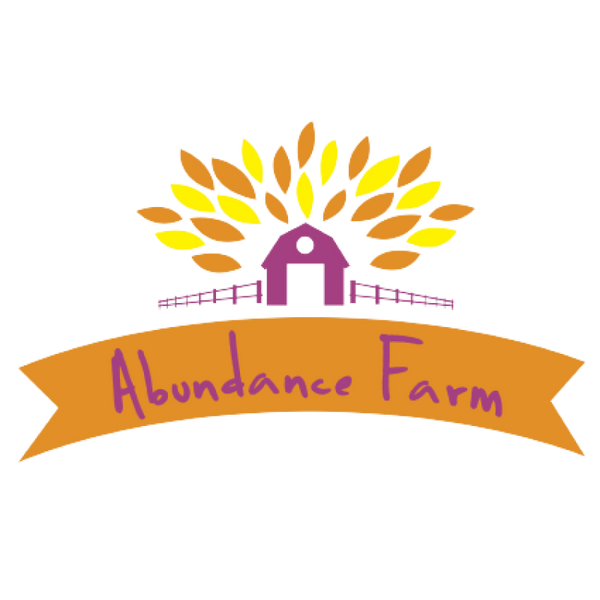
Heritage apple orchard
 Beautiful ripe apples
Beautiful ripe apples
Heritage apple orchard
Apple orchards have been planted by humankind for millennia. We’ve created thousands of varieties to adapt this delicious fruit for cooking, eating fresh, juicing, drying or even making cider, vinegar etc. We have adapted our apple varieties and planted apple orchards in most of the world in different climates zones.
Unfortunately, the standardisation of food production is threatening this diversity. We’ve lost a lot of varieties of fruit trees (not just apples) in the last 50 years. Apple varieties have been favoured due to their shape, colour or shelf life and other traits, such as flavour and cooking versatility, have been lost. We can all encourage heritage fruit varieties by sourcing a local supply of diverse, delicious food and planting more fruit trees in our backyards.
What apples will be left in the future?
Some old varieties are endangered and might disappear for good unless we change our habits. The commodification of apples has reduced the number of varieties in shops around the world. The market has dictated what kind of trees the farmers grow in his apple orchard and has contributed greatly to the disappearance of many varieties in the last decades.

First baby apples in the Abundance Farm apple orchard
(Photo by Laure Giraud)
Most people don’t know more than two or three varieties of apples. Everybody knows the existence of the very successful Gala or Granny Smith. But what about the Jonathan, Belle de Boskoop, Sturmer Pippin or Reinette du Canada? What will be left for the next generations if we stop cultivating these old varieties? If we stop eating them? These apples don’t have only pretty names, they are also delicious, beautifully different in shape, colour and taste and can be used for different purposes.
NB: Heritage varieties are adapted to live in a wide range of climates and altitudes.
Resilience is in diversity
Along the centuries, we mastered the art of grafting, which allow us to control the size of the trees as well as making them resistant to common pests and diseases. Diversity is the key to maintain a beautiful ecosystem in place and create a natural food system that doesn’t include the use of nasty chemicals. That’s why it is good to plant companion plants next to the apple trees like nasturtium that will repel the codling moth, marigold that repel root knot nematodes, comfrey that will bring up minerals and make them available for the trees, yarrow that attracts the predator wasps, clover that is fixing nitrogen, and the list goes on.
 Apple ready to be picked
Apple ready to be picked
With a thoughtful planning, there are many advantages in having different kinds of trees in your apple orchard. You can extend your apple season for up to 5 months by having early, mid and late season varieties. You can also diversify your apple uses and dry, cook, make juice, cider or vinegar as some varieties are better than others for such things. The Akane, for example, is great eaten fresh or dried. The King of the Pippins is a delicious cooking apple from the 18th century that can also be used to make cider.
Finally, I’d say that creating a living library of trees is also a great gift for the next generations and another very good reason for planting these trees, propagating them within our communities and sharing them as much as we can.
Abundance Farm apple orchard
We’re proud to have planted an apple orchard with 15 different kinds of trees last year: Akane, Belle de Boskoop, Egremont Russet, Fuji, Gala, Golden Delicious, Jonathan, King of the Pippins, Mutsu, Red Delicious, Reinette du Canada, Spartan, Stewart’s Seedling, Sturmer Pippin, Summer Red. This is only the beginning as we want to extend the apple orchard throughout the farm and have more varieties of fruit trees in the future.

Our geese and ducks are living in the apple orchard, maintaining and fertilising it
(Photo by Kali)
We’ve planted our trees behind swales on contour which are catching rain water. This way, we slow down the water, avoid erosion and provide water for our apple trees. Our ducks and geese live in the orchard and help us maintain and fertilise it. They have access to water baths from which we use the water to fertilise and water the trees. This type of agroforestry is a mix of duckponics and an alley cropping orchard. Takao Furuno describes in his book The Power of Duck how ducks are used to fertilise and protect rice fields from pests. Alley cropping is a contour orchard with pasture in between each row that can also be a crop or an access.
Regenerative agriculture can increase our food production and heal the environment. If you want to know more about our farm or have any questions, reach out on our Facebook page.
